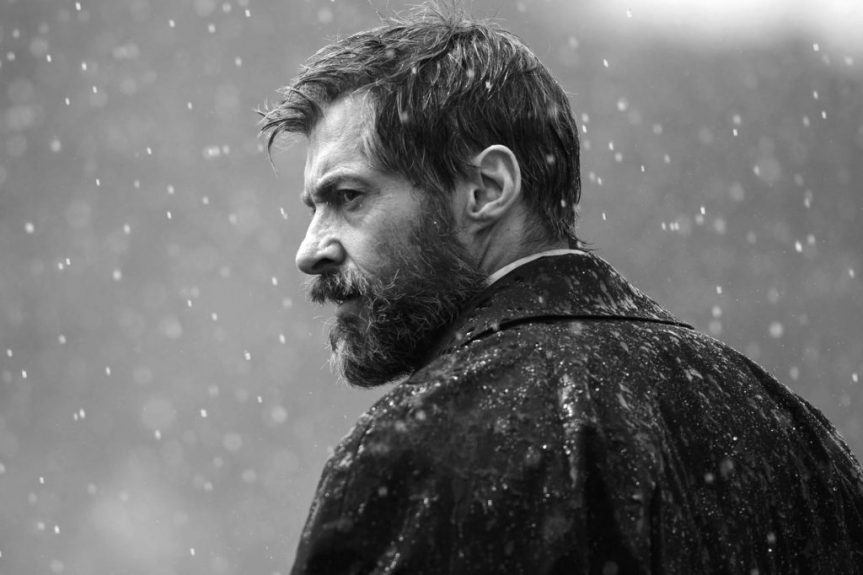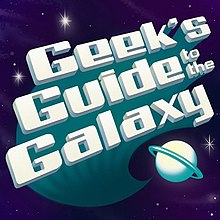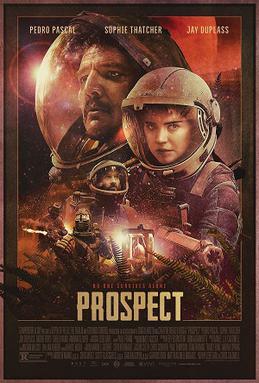Space westerns are probably one of the most fun sci fi subgenres out there. They pair the aesthetics and ideals of traditional westerns with the flash and bang of science fiction.
While the genre isn’t a huge one, there are some notable TV shows and films as well as book and comic books in the genre. Maybe you know a few!
But, the misconception that without cowboy hats and gunslingers, a piece isn’t a space Western is largely flawed. Many conventions of the Western film or comic book have made their way into modern science fiction and influenced its storytelling. You may have seen a movie and not even realized it’s roots in Western cinematography.
The Origin of the Space Western
The space western is the love child of two different genres: sci fi and the western. Westerns are sometimes considered a speculative fiction, though traditional Westerns are down to earth, without aspects of science fiction, fantasy, or the paranormal.
Space westerns actually got their roots in early American comic books. C.L. Moore, one of the early female science fiction writers, created the character of Northwest Smith who popularized the planet-jumping, gunslinging, space cowboy.
In the early 1940s, superhero comic books became less popular, so to fill the void, publishers started pairing Western stories with science fiction ones, and the line between the genres was slowly erased.
However, the space western really came to the limelight with movies like Star Trek and Star Wars as well as with shows like Firefly and Cowboy Bebop.
Types of Space Westerns
So as I’ve seen it there are a couple different ways we can break down kinds of space westerns as a sci fi subgenre.
First there are the science fiction films that employ classic Western-style story structure.
Star Trek is a good example, where the vast universe acts as the untamed West, the final frontier. It’s about adventure and chivalry, both of which are Western themes. Prospect is another good example of a space western film. It pairs the story elements of a Western with the setting and conflicts of a sci-fi world.
Second, there are Western films that integrate science fiction. Think of the film Westworld, and the later TV show as well. The characters aren’t in space, it’s not a space opera, but it pairs the aesthetics of the Western with modern science fiction.
And the final distinction I’ve made is a healthy mix of the two genres. Firefly and Serenity are my prime examples of this sci fi subgenre. The wardrobe, weaponry, slang, and storytelling tone of Firefly places it firmly in the Western genre. But, the space ships, interplanetary travel, and alien creatures root it in science fiction.
However, these two seemingly polar opposites come together as a seamless piece. When watching Firefly, I never felt like I was torn between one setting or another. There was nothing amiss, and that’s exactly how a good science fiction should operate.

image from The Verge
Characteristics of a Space Western
Thinking about this topic made me come up with a checklist of characteristics that make up a space western. There aren’t many, but they’re distinct.
- A strong lead character, often physically adept and righteous. Much like a white-hat cowboy.
- An animal sidekick. In many Westerns, this is the hero’s horse, but it can manifest as other things. R2-D2, for example, might be Luke’s horse equivalent. Or Ein, the Welsh corgi from the space Western anime, Cowboy Bebop.
- Western literature has popularized the outlaw character, the rogue. Picture characters like Han Solo.
- Wide, aesthetic shots. In space Western films and shows, wide landscape shots or panning scenes hark back to classic Western cinematography like in A Fistful of Dollars. A more modern example might be the director’s cut of Logan, which turns the film black and white.

image from Entertainment Weekly
Space Westerns That Are Still Riding Into The Sunset
The space western genre does for me something that traditional Westerns have failed to do, which is to bring the genre up to speed.
Watching old Western films is enjoyable, don’t get me wrong, but sometimes the outdated habits or cliches make them uncomfortable to watch. Let’s just say some of them haven’t aged well.
But, space Westerns, at least some of the modern ones, hand out that gunslinging hero candy like it’s Halloween, without having to worry about getting sick from too much chocolate. I love Firefly, and yes there are some things I’d change about it, but I find it more palatable than a classic Western from the days of the Silver Screen.
And I love seeing the conventions of the space Western make their way into other sci fi subgenres, like space opera. The Expanse operates a lot like Firefly, but without the brown trench coats and Colt-esque revolvers.
All in all, space Westerns bring the best parts of both Western and science fiction together into a unique mesh of styles. I’m excited to see what the next few years brings for the genre.
If you liked this post and want to see more content about sci fi subgenres, leave a suggestion in the comments down below!




















